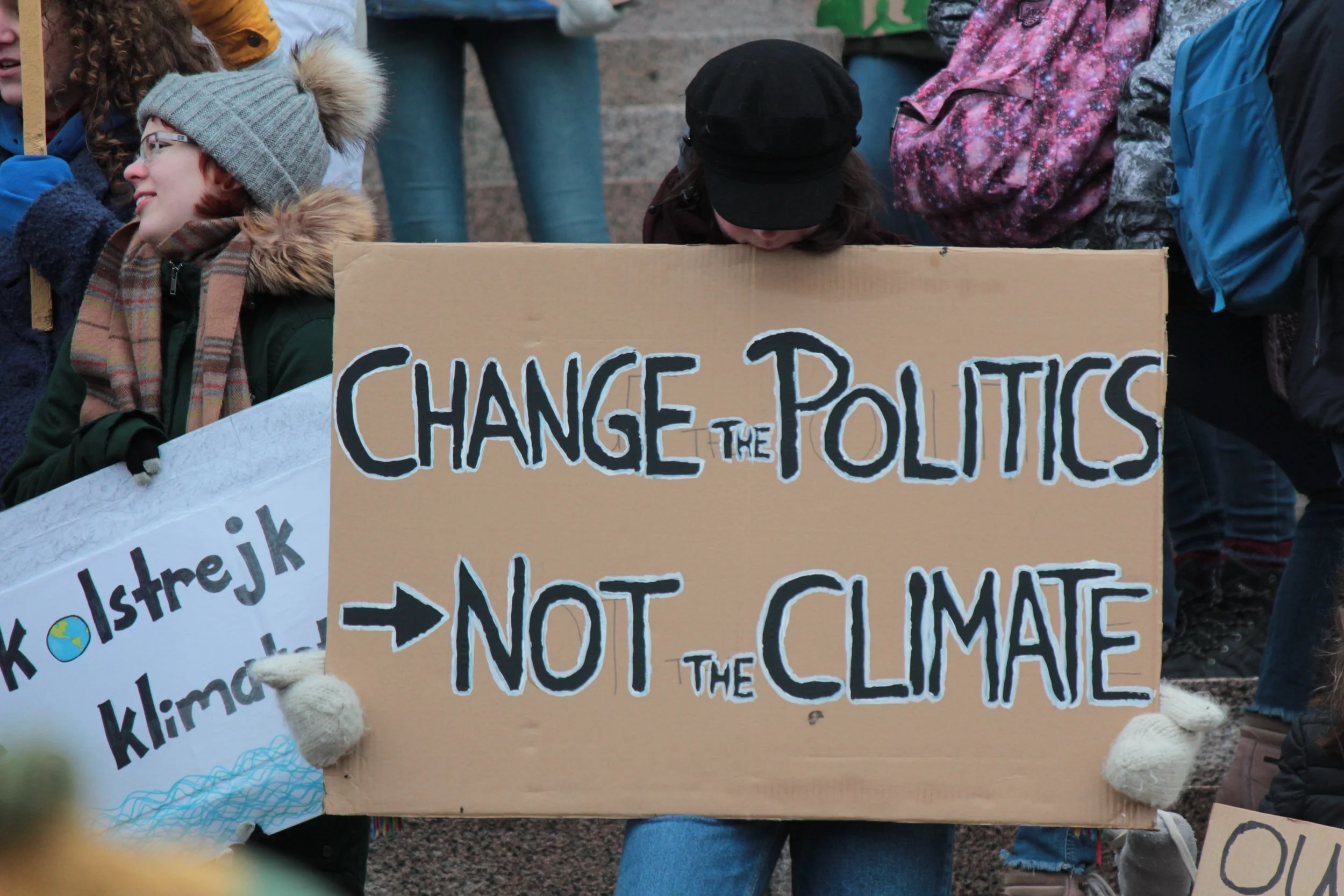Crisis looms
Every day vulnerable people are forcibly displaced due to impacts generated by climate change. This isn’t something that will happen, this is something happening now.
Numerous studies, like The World Bank, forecast a grim picture of internal displacement in the millions, as the adverse effects of climate change induce more extreme weather, rising sea levels, threaten food security and impact livelihoods.
As we are seeing play out now, it is the poorest and most vulnerable communities - those who contributed the least to global warming - that are paying the price and are hit hardest by this crisis.
Across and within borders, people are displaced. Recent trends indicate more internal displacement due to climate-related disasters than conflict, where in fact, of the 30.6 million people displaced across 135 countries in 2017, 60 percent were as a direct result of disasters.
“Climate change is an urgent and growing threat to our national security, contributing to increased natural disasters, refugee flows, and conflicts over basic resources like food and water. ”
And for many others who are wholly dependent on the land and natural resources for their livelihood, slow climate changes are intricately linked to economics and politics, which means this is by no means merely an environmental issue. This is a human rights issue.
Climate change can also multiply existing vulnerabilities by exacerbating existing risks and creating news ones like food and water insecurity and competition over resources, which contribute to conflict and compound displacement.
Climate change impacts vary by region and communities, and in some contexts, climate-driven migration can be a managed response, while in other contexts, it can undermine regional stability.
As with refugee flows, where people who flee conflict and persecution face multiple drivers of displacement, climate displaced people can face similar circumstances where climate conditions contribute to and exacerbate systemic failures and even conflict.
“Climate change [is] now found to be the key factor accelerating all other drivers of forced displacement. Most of the people affected will remain in their own countries. They will be internally displaced. But if they cross a border, they will not be considered refugees. These persons are not truly migrants, in the sense that they did not move voluntarily.
As forcibly displaced not covered by the refugee protection regime, they find themselves in a legal void. ”
'Climate Refugees'
Although we refer to climate refugees, the concept does not entirely exist in international refugee law.
Those who leave their countries in the context of climate change or disasters do not qualify for protection under international law. The 1951 Refugee Convention offers protection to those fleeing war and conflict who face persecution along grounds of race, religion, nationality, membership in a particular social group or political opinion. This could leave the Bangladeshi family displaced across borders by a disaster, the subsistence farmer in Chad with no option but to leave his country because he lacks water for farming, or a mother forced to flee her country because of a climate change-induced resource war, outside the legal framework for protection.
Yet regional refugee instruments like the 1984 Cartagena Declaration and the 1969 OAU Convention offer a wider definition of providing protection to refugees fleeing conditions that “seriously disturb public order.” These regional instruments long pre-date when climate change was on our public radar but the intent was clear: to protect people’s fundamental human rights when events beyond their control, threaten their lives.
We approach this as an issue of equality, equity and justice - a fundamental threat to human rights - because climate change disproportionately impacts the most impoverished, marginalized, discriminated and disenfranchised people in our world who played very little role in contributing to the problem in the first place, and will pay a heavier, disproportionate price that challenges the enjoyment of human rights of huge populations.
For this reason:
We use the term ‘climate refugees’ to provoke conversation.
To emphasize the political responsibility of climate change.
To raise awareness of its ability to impact, one might even say, persecute some more than others.
To contribute, provoke and challenge policy.
To highlight need by giving voice to those affected and to help seek their legal protection.
Ultimately, to present this as a challenge to human rights.
For more, check out the below feature in PERSPECTIVES: Climate Displacement in the field
“There is a protection gap in the international system that needs to be addressed. ”


